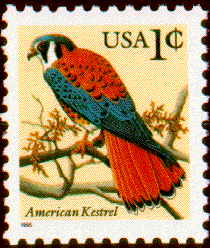The melancholy whistling of the yellow-bellied eastern meadowlark Sturnella magna had long been heard in hay fields and salt marshes throughout Massachusetts. The American kestrel Falco sparverius, the continent’s smallest falcon, thrived in local grasslands, hunting for grasshoppers, mice, and other prey in the state’s once-abundant farms. And the red-eyed eastern towhee Pipilo erythrophthalmus long warbled in wooded areas while noisily raking the brush-covered grounds to forage for insects. Those birds as well as many others are disappearing from Boston to the Berkshires, according to a landmark report by Mass Audubon, which compiled decades worth of data about the state’s birds from thousands of scientists and trained birders.
The report found nearly half of all the state’s breeding birds are declining, including many marshland and grassland species as well as more common birds such as blue jays and swallows, raising questions about the health of the state’s wetlands and other ecosystems. “As a longtime observer of the natural world, I am alarmed by the challenges facing many Bay State bird species,’’ wrote Edward O. Wilson, the biologist from Harvard University, in a letter introducing the report titled “State of the Birds.’’ “My concern is not simply for the loss of birdlife, but that birds as nature’s heralds are signaling broader ecological deterioration.’’ Among the other findings: More than a quarter of all wintering birds are in decline; the number of species that are increasing has fallen by half since 1980; and the number of ground-nesting birds and others that feed on insects are dropping.
Source: The Boston Globe, September 19, 2011
http://www.boston.com/news/local/massachusetts/articles/2011/09/19/bay_…

- Log in to post comments
